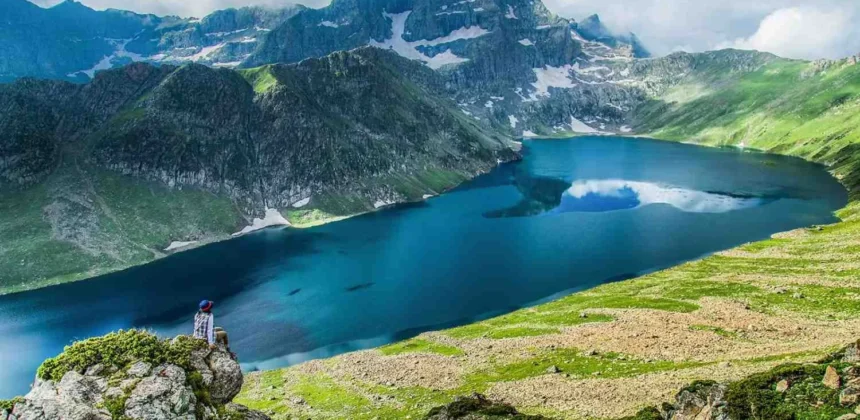Kashmir: The Crown Jewel of India
Kashmir, often referred to as “Paradise on Earth,” is a breathtakingly beautiful region nestled in the northern part of the Indian subcontinent. With its snow-capped mountains, lush green valleys, pristine lakes, and vibrant culture, Kashmir is a dream destination for travelers, nature lovers, and adventure seekers alike. But beyond its picturesque landscapes, Kashmir has a rich history, deep cultural roots, and an undeniable geopolitical significance.
A Land of Mesmerizing Beauty
The beauty of Kashmir is unparalleled. The region is home to some of the most scenic destinations in the world. The Dal Lake in Srinagar, famous for its houseboats and Shikara rides, offers a serene experience that captivates visitors. Gulmarg, known for its meadows and one of Asia’s highest cable cars, is a paradise for skiers and trekkers. Pahalgam, Sonmarg, and the mesmerizing valleys of Lidder and Betaab add to the allure of this magnificent region.
A Tapestry of Culture and Heritage
Kashmir is not just about stunning landscapes; it is also a land of rich culture and traditions. The people of Kashmir, primarily Kashmiri Pandits and Kashmiri Muslims, have preserved their age-old customs and heritage despite various adversities. The region is famous for its handicrafts, including the exquisite Pashmina shawls, papier-mâché art, and intricately designed carpets. The cuisine of Kashmir, influenced by Persian and Mughal flavors, includes delicacies like Rogan Josh, Yakhni, and the grand Wazwan feast, which is an essential part of Kashmiri hospitality.
A Land of Spiritual Significance
Kashmir has been a spiritual and religious hub for centuries. It has numerous temples, mosques, and Sufi shrines that attract pilgrims from all over the world. The Amarnath Cave, dedicated to Lord Shiva, is a major pilgrimage site for Hindus, while the Hazratbal Shrine and Shankaracharya Temple are other important religious landmarks.
A Region of Geopolitical Significance
Kashmir’s history is as complex as its beauty is captivating. Since the partition of India in 1947, the region has been at the center of a territorial dispute between India and Pakistan, with both nations claiming it in full but controlling parts of it. The political situation has often overshadowed the natural splendor of the land, yet the people of Kashmir continue to display resilience and hope for peace.
Tourism and Economic Potential
Despite political tensions, tourism remains a significant contributor to Kashmir’s economy. The hospitality of the Kashmiri people, coupled with the region’s natural and cultural wealth, continues to attract visitors from across the globe. Apart from tourism, horticulture, particularly the production of apples, saffron, and walnuts, plays a crucial role in the region’s economy.
Conclusion
Kashmir is much more than its breathtaking scenery—it is a land of history, culture, and resilience. While its natural beauty continues to draw travelers, its people and traditions make it a place of warmth and intrigue. As efforts continue towards lasting peace and stability, Kashmir remains a symbol of hope, beauty, and enduring spirit.

